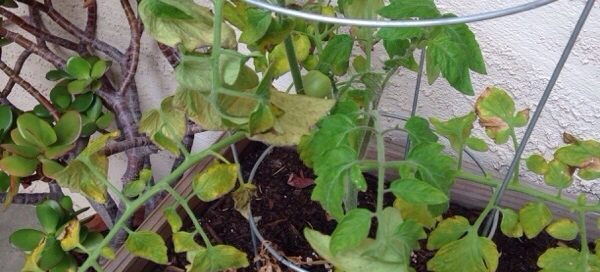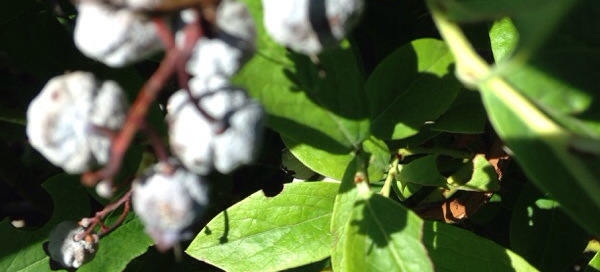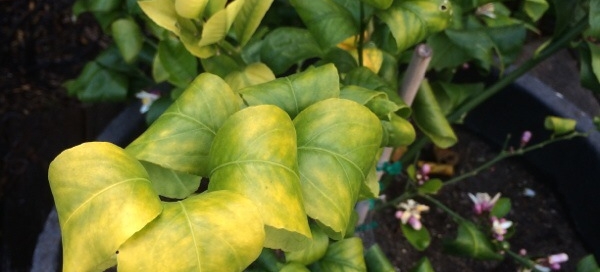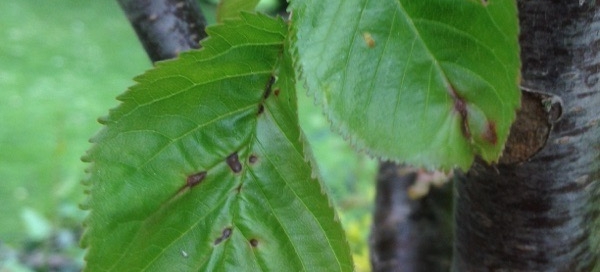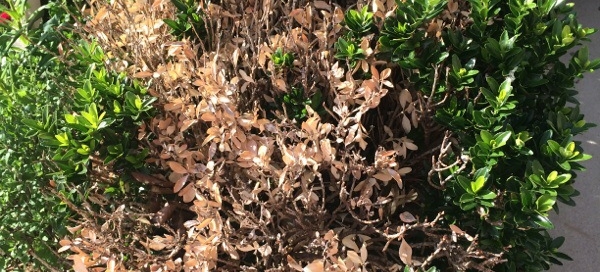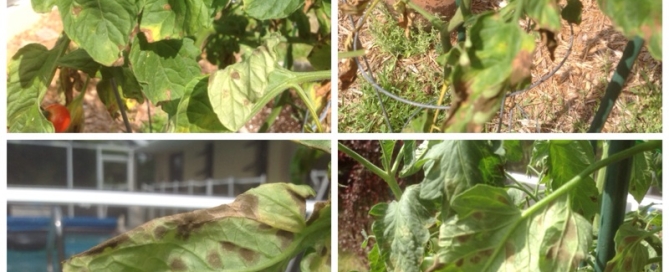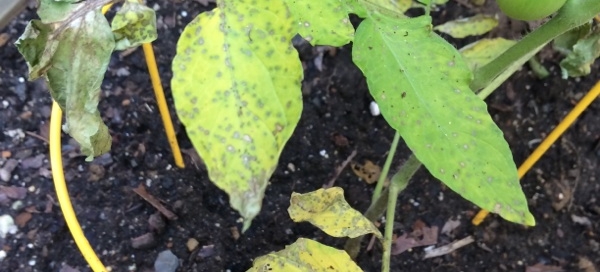Tomato Disorders
This is probably not an infectious disease, but it is disorders caused by cultural care practices and environmental issues. We often see tomato stems and leaves curl downward after flooding of soils around the root system. This disorder is called Epinasty and is a result of ethylene production by the plant in response to the lack of air in the soil. We've all done this - let the soil get too dry and then try to make-up for it by applying extra water. This usually just creates more problems. In short, there are several visible abnormalities in leaf color, size, and curling that can all be accounted for by the inconsistency in watering that you mention. We also recommend that, if possible, you move the planter box away from the bright-colored wall, as the increased heat and light intensity reflecting off of the wall can also cause tomato plants to develop abnormally. The plants should be placed in a sunny location where they will receive 6-8 hours of full sun every day, but away from any fences or walls. From this point, continue to water for even soil moisture (do not fluctuate between very dry and very wet) and then fertilize with a complete fertilizer (you can find them in garden centers) when the plant begins to develop flowers and tomato fruits. We've included a weblink with information about tomato culture and common pests, diseases, and disorders.
http://www.ipm.ucdavis.edu/PMG/GARDEN/VEGES/tomato.html
